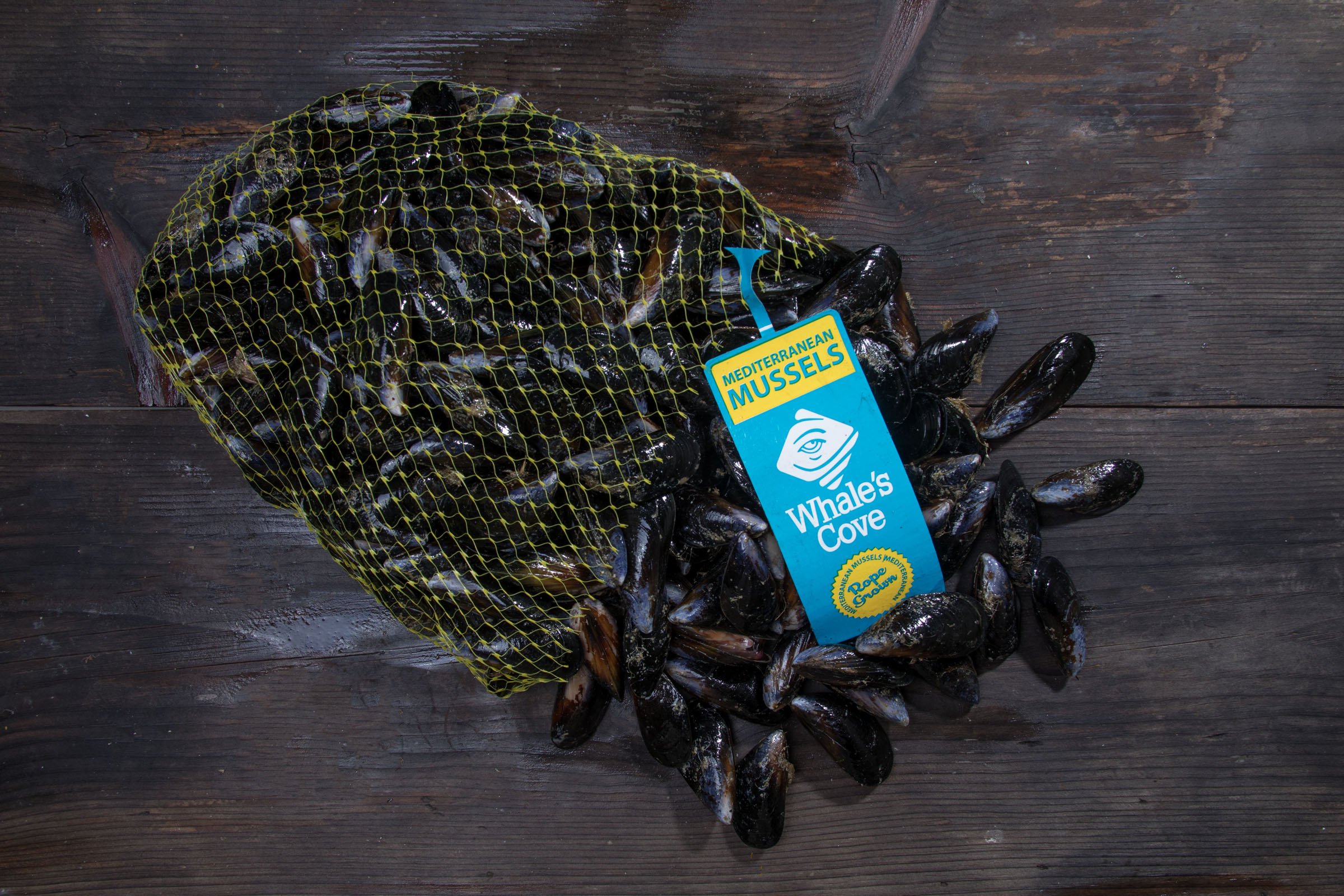Differences between clams, oysters and mussels
Scientific Explanation!
Understanding the life cycles of this mollusks is important for successful aquaculture. Knowledge their stages helps us optimize shellfish farming practices, ensure sustainable harvesting, and support healthy shellfish populations. By aligning our farming techniques with the natural rhythms, we contribute to the overall health of marine ecosystems.
Tiny Larvae to Mature Bivalves
Oyster Seed (Around 3 Millimeters, 14 months until commercial size)
Clams. They release eggs and sperm into the water when the temperature changes or tide shift. Once fertilized, eggs develop into trochophore larvae.
The initial larval stage (trochophore) is free swimming and relies on plankton for food. After a few days, trochophores turn into veliger larvae, growing a small shell and cilia to help them move in water.
Veliger larvae eventually settle on hard surfaces, transforming into a spat, which resemble miniature adult clams. They burrow into the sediment where they continue to grow. Spat mature into juvenile clams and then adults. Clams filter feed by drawing in water through siphons and extracting plankton and organic particles.
Clams reach sexual maturity in a few months to several years, this timing varies by specie. It helps on keeping population healthy and sustainable.
Oysters. spawn in warmer seasons, releasing eggs and sperm into the water for external fertilization. The fertilized eggs develop into free swimming larvae.
Similar to clams, oyster larvae start as trochophores. They grow into the veliger stage, with a small shell and cilia aiding their movement in the water.
After the veliger stage, oysters settle onto shells or rocks and transcend into a spat. This stage marks their permanent attachment to a surface. Spat grow into juvenile, continuing to filter feed and develop into adults over time.
Oysters generally reach sexual maturity within 1-3 years, depending on species and environmental factors. Mature oysters spawn contributes to the development of oyster reefs and enhancing marine diversity.
Mussels. Spawn primarily in warmer months, they release eggs and sperm into the water, where external fecundation takes place.
Fertilized eggs become trochophore larvae, similar to clams and oysters, they eat plankton and swim in the water. These larvae then become veliger, with a tiny shell and cilia for swimming.
Marine mussels stick to surfaces, while freshwater mussels have larvae that latch onto fish before settling on the riverbed. Once settled, they secrete byssal threads to attach themselves strongly to hard surfaces.
Juvenile mussels grow by filtering plankton from the water to then develop into adults. Depending on the species and environmental conditions, this process can take several months to years.
Physical aspects
Clams often bury themselves in sand or mud in both freshwater and saltwater environments. They have a smooth, rounded shell that is usually more symmetrical. The shell can be various colors, often light and smooth.
Baja Venus Clams in Commercial Size
Oysters live in saltwater areas such as estuaries coasts where they often form reefs or beds. They have irregular, rough shells with rugged, asymmetrical shape. The exterior of their shells is often bumpy or ridged, while the interior is smooth and shiny.
Kumiai Oysters in Commercial Size
Mussels usually attach themselves to rocks, docks, or other hard surfaces in saltwater environments, although some freshwater species exist. They have a long, asymmetrical shell that is commonly dark blue, black, or green and brown. Their shells have a more rugged texture with concentric growth rings.
Whales Cove Mussels in Commercial Size
If this blog was of your interest and would like to read more information about this beautiful sustainable bivales, chek out Ocean Conservancy.
If you are interested in our high quality shellfish, you may found us on Instagram and Facebook:




